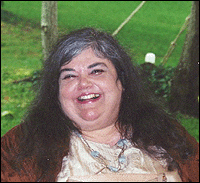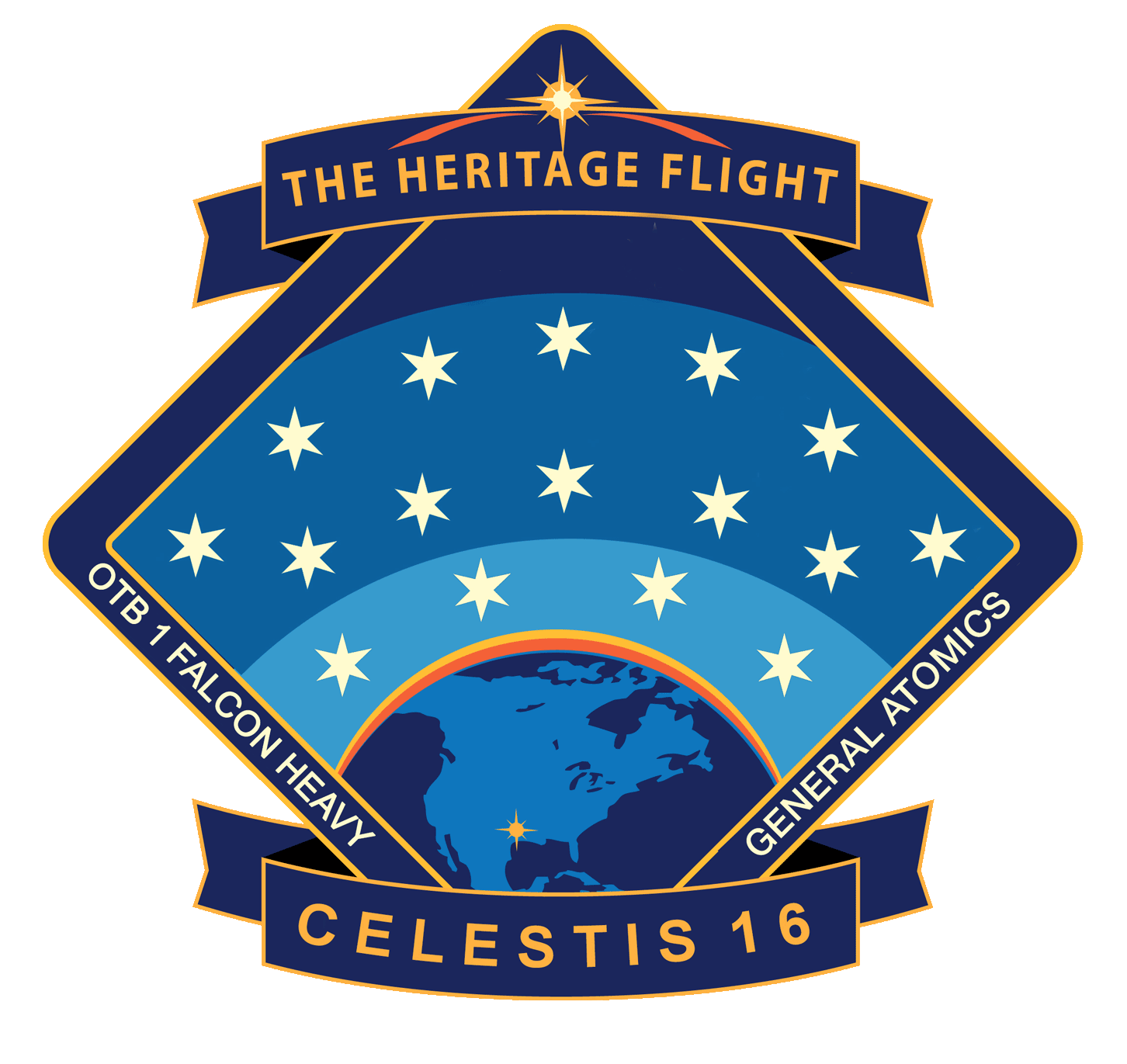Marj Krueger dreamed about space exploration throughout her life.
As a child, Marj discovered the wonders of science fiction, despite being discouraged from it because she was a girl. It was the start of her lifelong voracious drive to read everything she could, though science fiction remained her favorite.
As a teen, she longed to join the local rocket club but girls weren't admitted then. Instead, she joined her high school's Junior Academy of Science, and was awarded outstanding science student in her graduating class. She also enjoyed drama and band, but never stopped dreaming of stars.
Marj attended Carnegie Institute of Technology (now Carnegie Mellon University) because it was one of the few universities in the 1950's that accepted women into their physics program. After her junior year, she married engineer Roger Krueger, and moved with him to Detroit so he could obtain his graduate degree. She completed her physics degree at Wayne State University.
After graduation, Marj and Roger both worked for NASA in Cleveland, Ohio. Although women weren't permitted as astronaut candidates then, Marj needed to be involved somehow in space exploration. Her work focused on the use of nuclear power in space. She co-authored a technical paper published in November, 1966: "Ages of Plutonium-Beryllium Neutrons in Tungsten-Water Media."
Roger and Marj had two daughters: Cynthia and Sharon. Marj was a devoted mother who chose to leave her career behind and stay home with them because she believed it to be best. But she soon needed a creative outlet, something that was her own.
One day she was reading a badly written book. She tossed it across the room, and said, "I can write a better book than that!"
Roger answered, "Then why don't you?"
Thus, a challenge was presented, and accepted.
Marj began writing science fiction. Some publishers told her female science fiction writers don't sell well, and to put her writing talent to another genre. Some of her family even told her they were embarrassed by her choice of genre. But Marj chose to write feminist hard-tech science fiction anyway, under the pseudonym Jayge Carr. In writing, she could keep her head in the stars, even if her body couldn't go.
Her first short story was published in 1976, and her first book in 1979. Leviathan's Deep was printed in the US, UK, and France. Marj subsequently published a trilogy about space travel: Navigator's Sindrome, The Treasure in the Heart of the Maze, and Rabelaisian Reprise. Throughout her career she published over 70 short stories in various anthologies and magazines such as Asimov's, Analog, Amazing and Omni.
Marj didn't let barriers stop her from finding an avenue to pursue her dreams. By her actions, she taught those around her the importance of chasing one's dreams even when life doesn't make it easy.
Roger, Cynthia, and Sharon are grateful that, through Celestis Memorial Spaceflights, she can finally achieve her ultimate dream of space travel.
As she always closed her letters:
“Possible dreams!"






